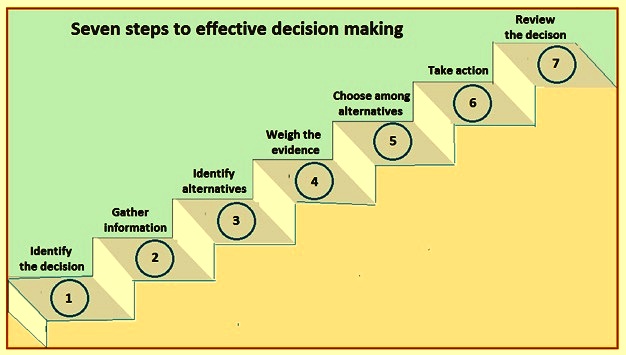
They recommend returning kids back to time-out or taking away privileges as a consequence. Riley and colleagues note that because kids may try to leave time-out before parents tell them it’s over, parents should be ready with a plan B. Riley and colleagues found that parents who required their kids were calm before the end of time-out reported more effective time-outs than parents who did not have this requirement. Parents in the study by Riley and colleagues whose time-outs were of a set duration reported more effective time-outs than parents who did not. Time-out of a set time as short as two minutes is effective longer durations usually don’t work any better, especially for young kids. Understand how the science of teen development can help with behavior problems in schools. Learn how “ emotion coaching” is one of the most important parenting practices. Set a timer and make it briefĭiscover five ways to help misbehaving kids.Įxplore what mindful discipline looks like. Anything entertaining and engaging-toys, games, parents’ unintentional negative attention-is removed from the setting. Time-out is a boring time located away from fun or attention. What does that look like? For example, if in one moment a kid hits the family dog, then an effective time-out follows in the next moment-rather than five minutes later- every time it happens and without multiple warnings. Time-outs are effective when they immediately and consistently follow a behavior. Investing in time-in minimizes the need for time-out. An abundance of positive interactions and experiences is the aim for making time-in distinct from time-out. Riley and colleagues explain that “time-in…is essential to effectiveness, and is only recommended in combination with positive reinforcement strategies.” In contrast, time-out has little or, better yet, no positive reinforcement-it’s time-out from positive reinforcement. Examples of positive reinforcement are attention, praise, and access to privileges when kids do the opposite of what usually gets them in time-out. Time-in is the experience kids have that makes it more likely that they’ll continue doing what they’re doing-positive reinforcement. So, what can parents do to make time-out effective? In the same study, Riley and colleagues compiled six key ingredients from research on time-out.
#7 STEPS OF A GOOD TIME OUT HOW TO#
How to praise kids in ways that make them more kind. Parents decide in advance what behaviors meet time-out criteria and talk about it with kids outside of time-out. Effective time-outs need a well-thought-out plan and commitment to consistency. Part of the problem, as this research suggests, is that parents aren’t considering time-outs in the context of other measures to encourage prosocial behavior or emotional regulation.

These findings might explain why some parents-not to mention their kids!-are frustrated with time-outs.

Instead, they found half of moms believed the purpose of time-out was to “think” or “calm down.” In another recent study, Drayton and colleagues found that only two of 58 moms of two- to 12-year-olds described time-out in a way consistent with the science behind it: “removal of the child from a reinforcing environment and placing the child in a less reinforcing environment to decrease undesired behavior” (more on this below). In a recent research review, Anil Chacko and colleagues found that half of parents of kids who would most likely benefit from time-out training either didn’t attend or dropped out. A 2014 study by Amy Drayton and colleagues found that time-out guidance on the Internet, including from respected sources, was mostly incomplete or inaccurate. Thus, it’s not surprising that time-out is a source of mixed feelings and misunderstanding. Be vulnerable and true to yourself this month


 0 kommentar(er)
0 kommentar(er)
